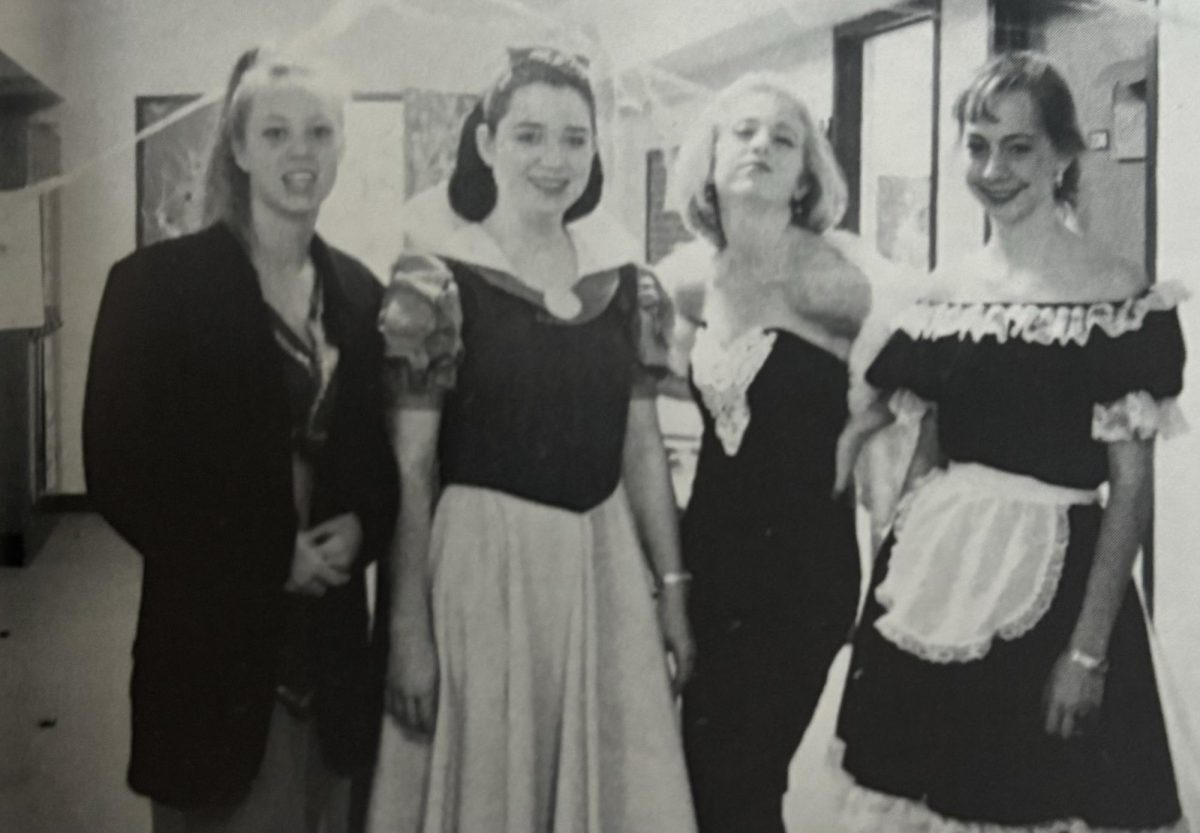Point blank, many juniors, even sophomores, do prepare for the PSAT. And it’s regarded as perfectly normal to do so, but in theory, what if we’re going about this the wrong way?
Historically, the PSAT has served as a “warm-up” for the Scholastic Aptitude Test, the most notorious of all standardized examinations. Today, somehow, this preface to the testing process now carries much more weight, and some students begin testing prep not with the SAT, but with the PSAT.
Bottom line, the P stands for preliminary, preliminary as in the groundwork or foundation of a student’s testing experience, as in colleges do not see your score or hold it against you. Clearly, national merit is a fantastic and highly admirable accomplishment, and everyone should strive to do well, regardless of whether their scores will be in range for national merit or not.
But what if we regarded the PSAT in terms of its original purpose? What if we treated it as a trial period for practicing our reasoning capabilities rather than another addition to our résumés or another area to beat out others?
The concentration would then only be on seeing what concepts, sections, and questions need more work and attention. While this may also be a part of the focus for students that did prep, a high performance may be more important to them after preparing for so many weeks or months. That level of pressure comes dangerously close to shattering testing confidence when results come out and performance does not prove to be satisfactory.
We need to feel self-assured and prepared when going into a testing situation, already knowing that past scores, while an indication, do not determine scores later in the year. Positivity in this process will enhance happiness and decrease stress. And why wouldn’t you want to make this process as painless as possible?
I am not suggesting bubbling patterns on your answer sheet. We should care about it, and it is okay to feel disappointed. We’re a highly ambitious group of girls, and of course, we won’t always be able to meet our high expectations. But let’s remember that it’s not the “end all, be all” of our entire high school testing careers.
Days, weeks and months (even years in the sophomores’ case) must pass before the real testing begins when we sit down on Saturday mornings to take the SAT or the ACT. We have time, and in order to maintain our sanity during the stressful months in the coming school year, we should remind ourselves of that fact instead of adding to our stress.
-Katie




